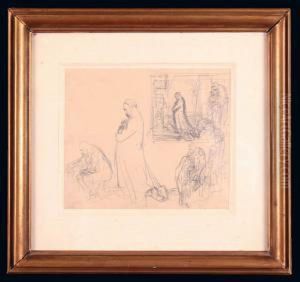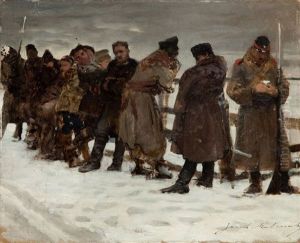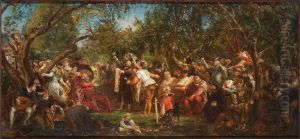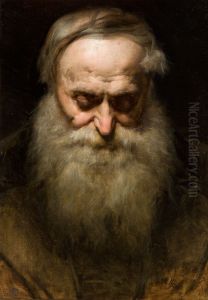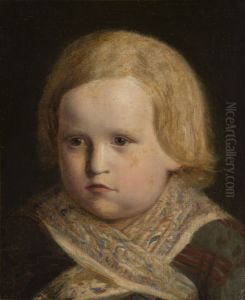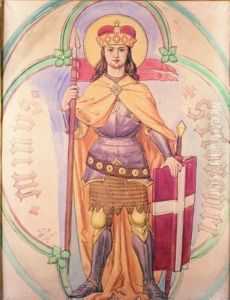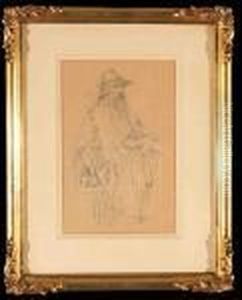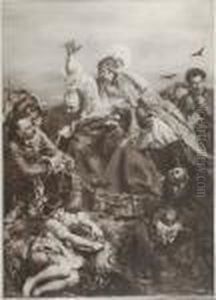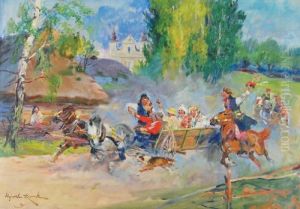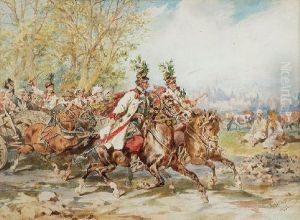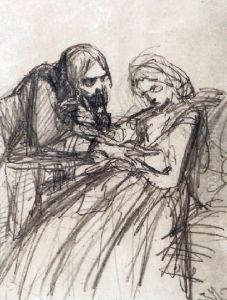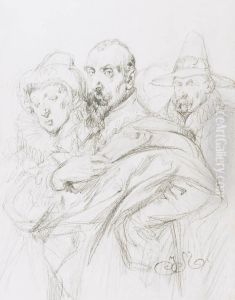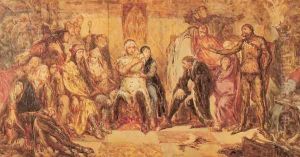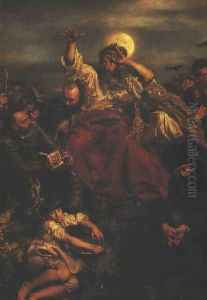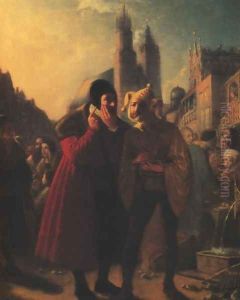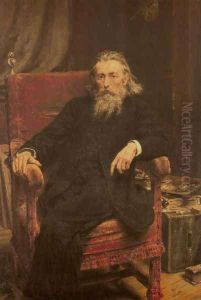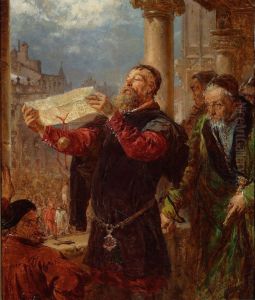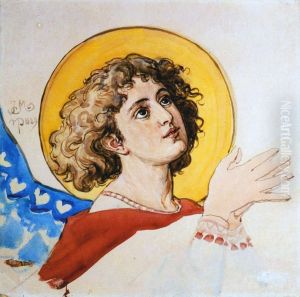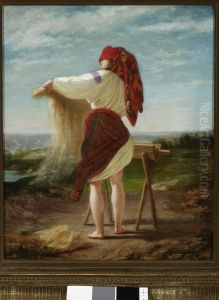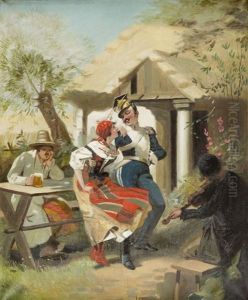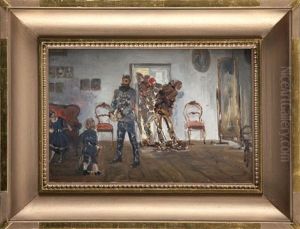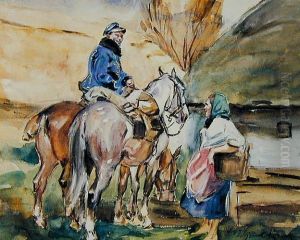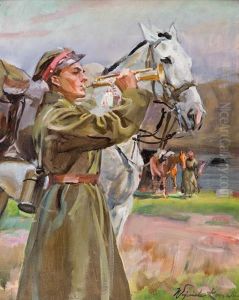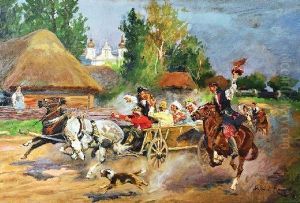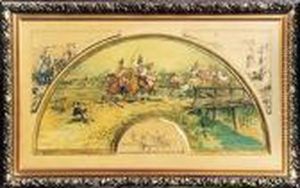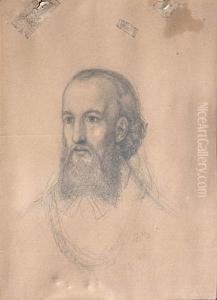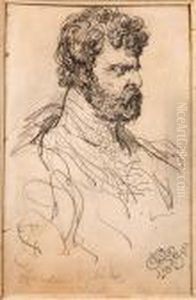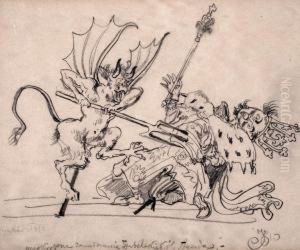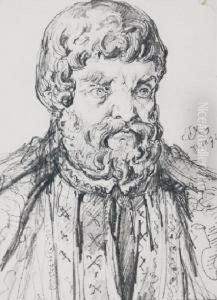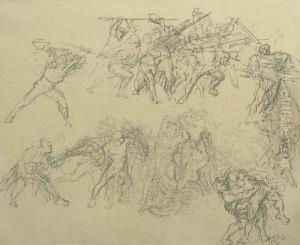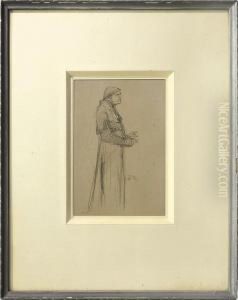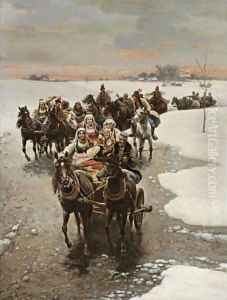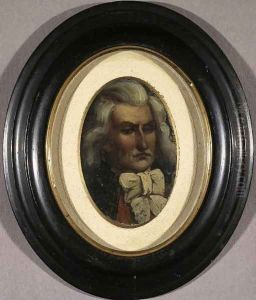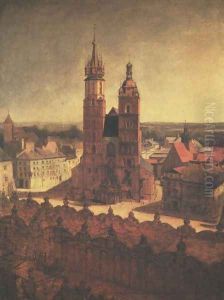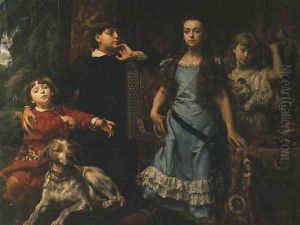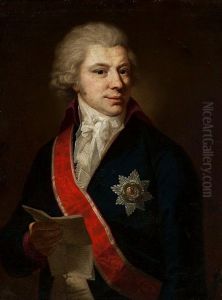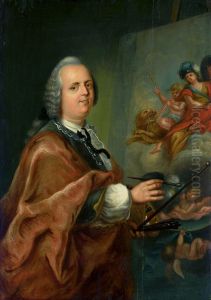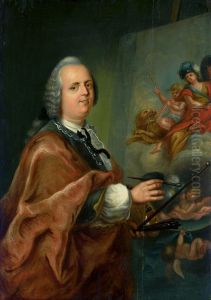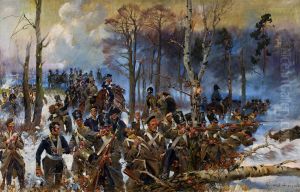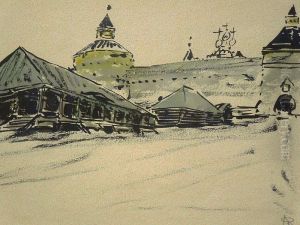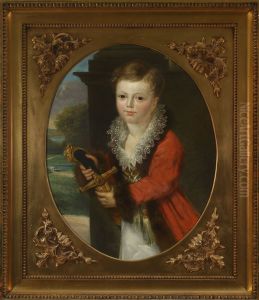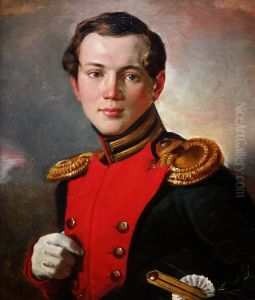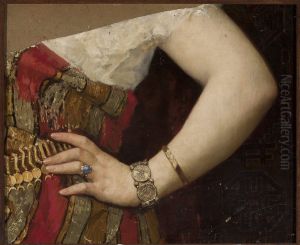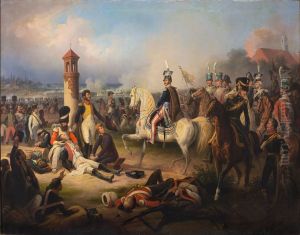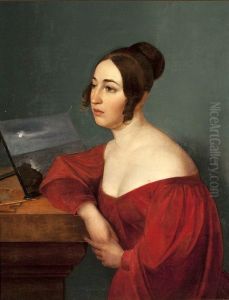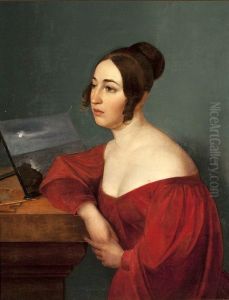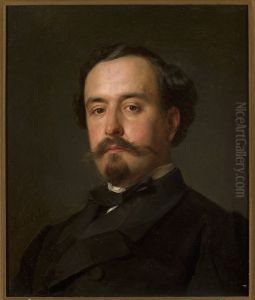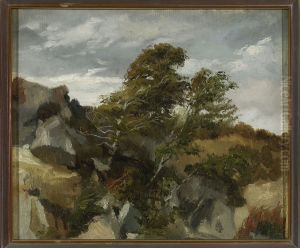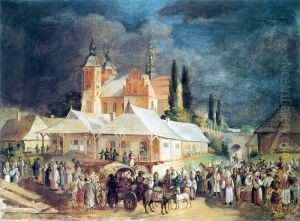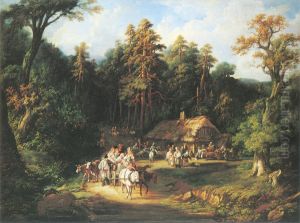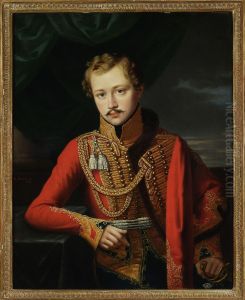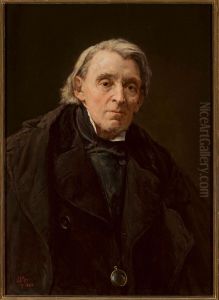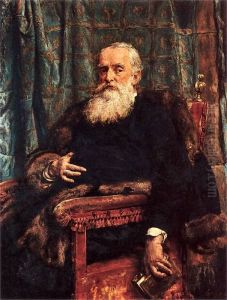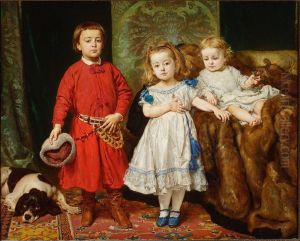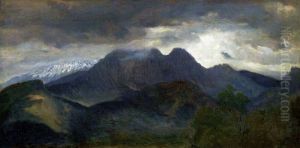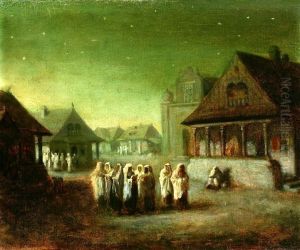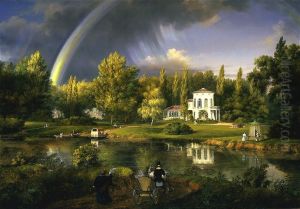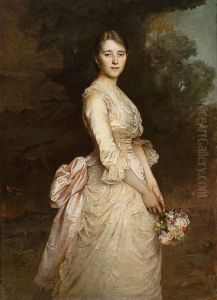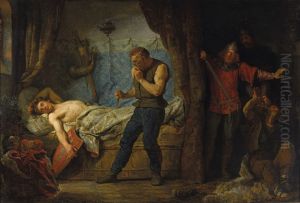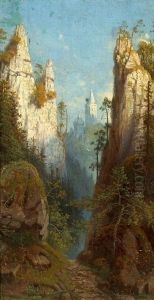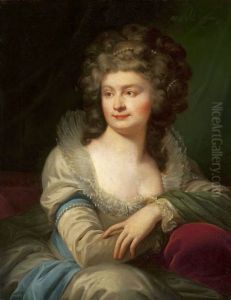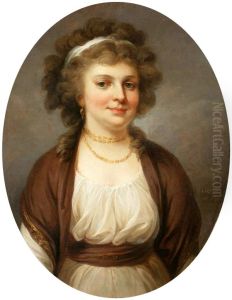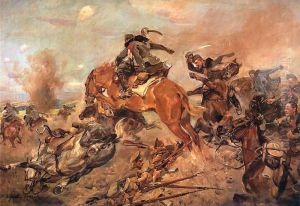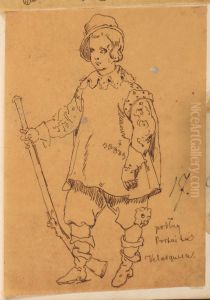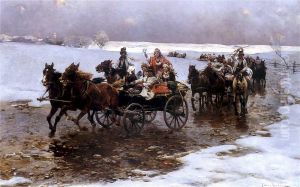19th Century Poland Paintings
A Journey Through19th Century Polandin Art
Step into the rich artistic landscape of 19th Century Poland, a period of profound transformation and national spirit reflected vividly in its art. This era, marked by political turmoil and a fervent desire for independence, saw Polish artists emerge with unique voices, creating masterpieces that captured the soul of a nation. Their works not only documented history but also expressed deep emotions, national identity, and cultural resilience. Exploring this period offers a fascinating insight into the artistic movements and individual brilliance that shaped Polish visual culture.
The art of 19th Century Poland is a tapestry woven with diverse styles, from the dramatic historical narratives of Romanticism to the detailed observations of Realism and the evocative Symbolism that emerged towards the century's end. Iconic figures like Jan Matejko, often hailed as the national painter, dominated the historical genre, depicting pivotal moments from Polish history with unparalleled grandeur. His monumental canvases served as powerful reminders of past glories and a call for national unity. Other significant artists include Józef Chełmoński, known for his evocative landscapes and genre scenes capturing rural life, and Aleksander Gierymski, a master of Realism who explored urban poverty and social commentary. The emergence of Symbolism saw artists like Jacek Malczewski and Stanisław Wyspiański delve into allegorical themes, blending national mythology with personal introspection.
The tumultuous political landscape of partitioned Poland profoundly influenced artistic output. Themes of patriotism, national struggle, and the preservation of Polish identity were central. Artists often used historical painting as a means of national education and resistance, while landscape art frequently carried symbolic weight, representing the enduring spirit of the land. Portraiture also flourished, capturing the likenesses of intellectuals, patriots, and everyday people. The artistic academies in Krakow and Warsaw became vital centers for nurturing talent, fostering a distinct Polish school of painting that resonated with both local and international audiences. These artists, through their dedication and vision, ensured that Poland's rich cultural heritage continued to thrive despite adversity.
Discovering the art from 19th Century Poland is to connect with a period of immense creativity and resilience. Each painting tells a story, offering a window into the past and the enduring spirit of Polish artistry. From grand historical epics to intimate genre scenes and breathtaking landscapes, the works from this era are a testament to the power of art to inspire, educate, and preserve memory. They represent a significant chapter in European art history, showcasing the unique contributions of Polish masters.
